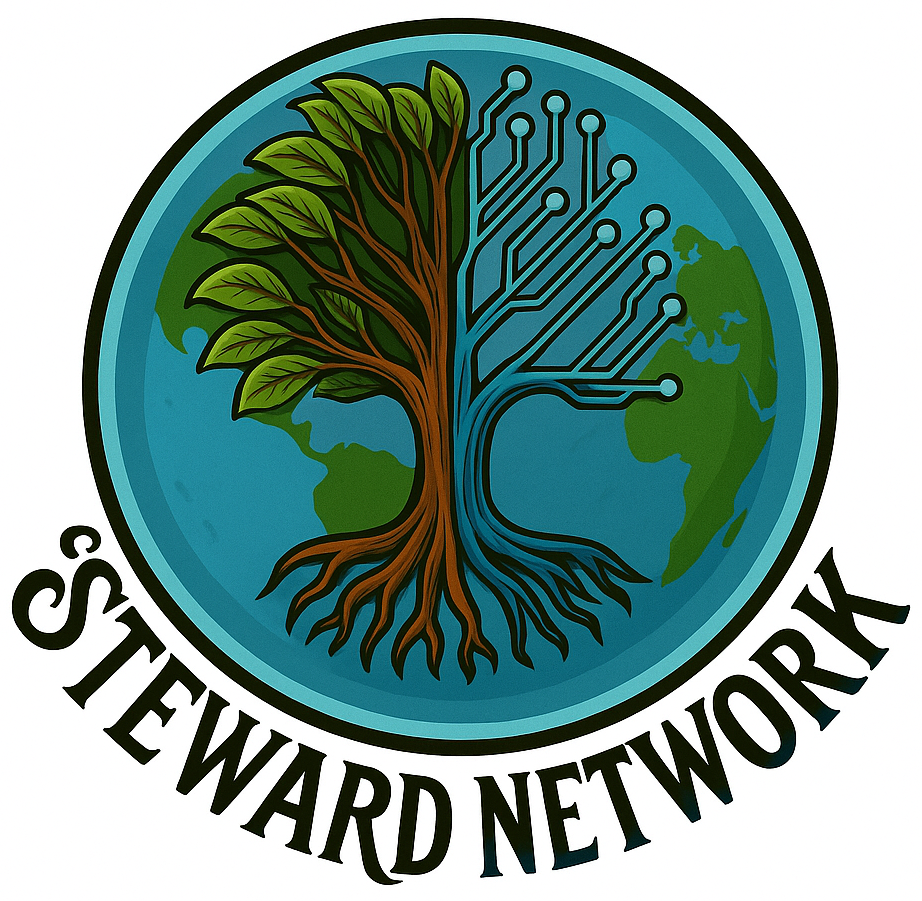⚠️ X-Risk Indicators ▲~▼
☀️ Existential State Indicator Definitions
Getting Worse Rapidly (Severe Decline) ▼▼▼:
This rating indicates a rapidly worsening trajectory, based on a holistic synthesis of the analysis. It reflects accelerating risk drivers and potentially approaching negative tipping points. Critically, this decline is significantly compounded by the rapid deterioration of relevant Foundational Factors (like governance, trust, strategic literacy specifically concerning this risk), severely undermining response capacity. Mitigation efforts are clearly overwhelmed, failing, or being dismantled, falling far behind the threat’s escalating pace. The overall assessment points to severely negative near-term outcomes, dominated by negative feedback loops.
Getting Worse Medium (Medium Decline) ▼▼:
Indicates a clear negative trajectory, though not necessarily accelerating uncontrollably. The analysis synthesis shows key risk factors demonstrably strengthening. This is combined with negative trends in several relevant Foundational Factors (or significant degradation in one critical factor relative to this risk), actively hindering effective responses. Mitigation efforts exist but are clearly insufficient, demonstrably losing ground to the evolving threat’s pace. The overall assessment shows negative trends substantially outweighing positive efforts.
Getting Worse Slowly (Slow Decline) ▼:
Reflects a slowly deteriorating situation or stalling progress. The overall analysis points to gradually increasing risk drivers or persistent negative outcomes due to inertia or lack of sufficient action. Relevant Foundational Factors show stagnation or slow erosion (in relation to this risk), or mixed trends that net negative for response capacity. Mitigation efforts are making only incremental progress, barely keeping pace with the threat, or primarily addressing symptoms. The synthesized picture suggests a gradual slide towards worse outcomes.
Neutral (Stable / Mixed Signals) ~:
Indicates a situation where the holistic synthesis reveals no clear net directional change in the risk trajectory. This could mean risk drivers, relevant Foundational Factors, and mitigation efforts show a mixed picture with counteracting forces, or are relatively stable (specifically concerning this risk). Mitigation may be holding the line against the current threat level but not gaining significant ground; positive and negative forces are roughly balanced in pace and impact. The assessment reflects stability, deadlock, or high complexity obscuring the near-term trajectory; this does not necessarily mean the risk level is low, only that its recent trend is not clearly improving or worsening.
Getting Better Slowly (Slow Improvement) ▲:
Signifies a gradual positive trajectory, based on a synthesis of the overall analysis. Some risk drivers may be weakening, or overall risk levels decreasing slowly due to initial effective actions. This is supported by slow improvement in some relevant Foundational Factors (relative to this risk) enhancing response capacity. Mitigation efforts are making incremental progress and starting to slowly outpace the threat or address core drivers, though challenges remain. The overall assessment indicates slow but discernible improvement, though potentially fragile.
Getting Better Medium (Medium Improvement) ▲▲:
Indicates a clear positive trajectory, derived from a holistic assessment. Key risk factors are clearly weakened by effective interventions. This is combined with positive trends in several relevant Foundational Factors (or significant improvement in one critical factor relative to this risk), actively enhancing response capacity. Mitigation efforts are proving demonstrably effective, scaling, and clearly outpacing the threat in key areas. The synthesis shows positive trends clearly outweighing remaining challenges.
Getting Better Rapidly (Strong Improvement) ▲▲▲:
This rating indicates a rapidly improving trajectory, based on a holistic synthesis showing strong positive momentum. It reflects major risk drivers clearly weakening, potentially approaching positive tipping points. Critically, this improvement is significantly boosted by the rapid enhancement of relevant Foundational Factors (specifically concerning this risk), greatly increasing response capacity. Mitigation efforts are proving highly effective, scaling rapidly, and clearly overcoming the threat’s pace. The overall assessment points to significantly positive near-term outcomes, dominated by positive feedback loops.
